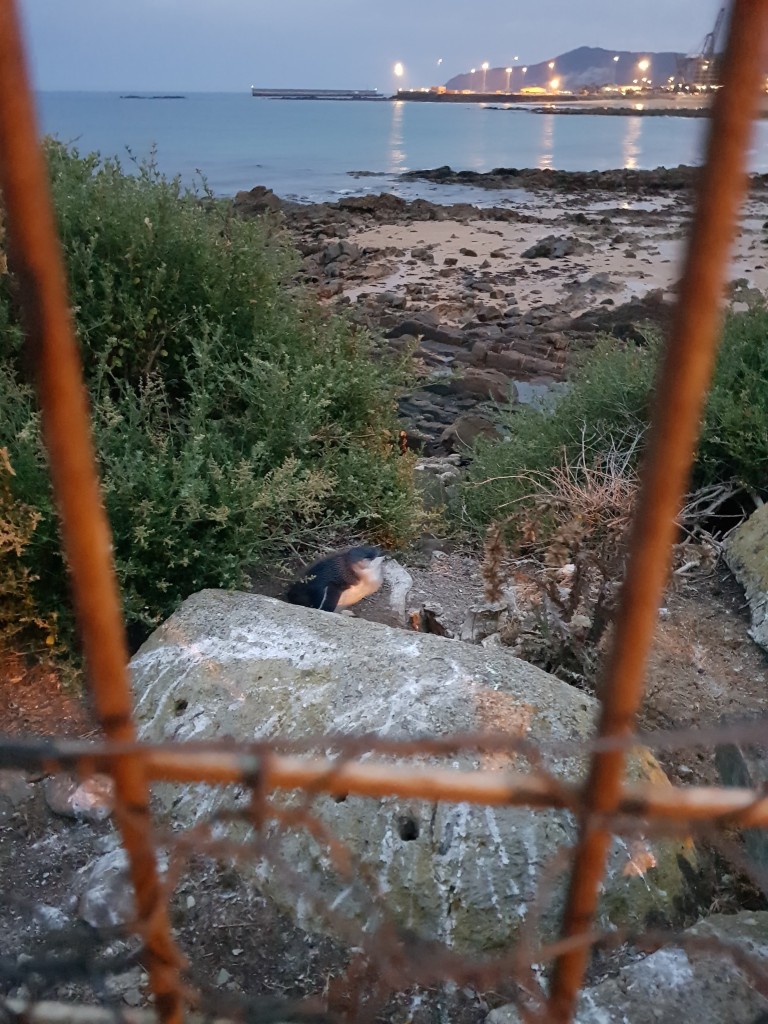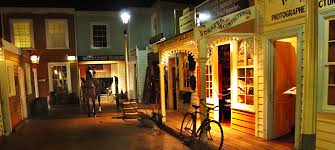
Week 2:
We travelled South west to Liffy, where we visited Liffy falls. This Waterfall has two entrances an easy 30 minute walk from the top carpark or the bottom campground for a 2hr hike. We chose the latter and enjoyed a lush rain-forest and a well kept path along a babbling brook.
Next we travelled up to Deloraine 
This peaceful little town has cafes, boutiques, kids parks, and a beautiful river. This is a must stop for everyone. I personally loved the steampunks store.
Next we continued along to Mole Creek Caves.
Cave tours
You can choose from three different Mole Creek Caves tours, each lasting 45 minutes. Enjoy the wonderful scenery and learn all about this fascinating and uniquely fragile world – an experience the whole family will enjoy.
You will see amazing creatures, such as the Tasmanian Cave Spider, that have evolved and adapted to living and surviving in this incredible place without light, many unique to Mole Creek Caves and not found anywhere else in the world.
Per cave tour – Adults (18+) $19.00, Children (4-17, under 4 no charge) $9.50, Concession (Seniors, Australian Pensioner and Healthcare card holders) $15.50, Family (2 adults + 3 children) $47.50.
Be sure to allow yourself an extra 15 minutes to enjoy the enchanting Fern Glade Walk from the ticket office parking area to the cave entrance.
we chose the Underground Rivers and Glow-worms Tour
Visit the lower chamber and be dazzled by its sparkling crystals, reflection pools, stalactites and stalagmites. Take time to listen to the music of underground streams and soak up the silence of abandoned river passages. This easy tour caters for all age groups and levels of fitness. Plus the Glow worms were amazing.
We camped at Barrington Lake
Lake Barrington is a designated “big fish”’ water, stocked by Inland Fisheries Service with king size fish for anglers. Lake Barrington is also ideal for water-based activities such as swimming, rowing, water skiing, power boating and canoeing. It features camping sites, picnic areas with sheltered tables, BBQs and toilets.
A kiosk operates on weekends in summer and during major sporting events. No water activity is permitted within the boundaries of the international rowing course, towards the southern end of the lake. This is a great place to get away from it and immerse yourself in Tassie’s wilderness, just 15 minutes from Sheffield.

Next we travelled along Highway 1 to Bernie. Friends of Burnie Penguins provide a free interpretative guided experience to visitors to the Burnie Little Penguin colony. You will have an opportunity for an intimate view into the seasonal life of penguin families from courtship, through to chick rearing and to moulting adults at the end of the breeding season.
The colony is located along the foreshore in Burnie a very short distance from the city centre, you can walk to the Penguin Observation Centre along boardwalk from your hotel, or park in the area behind the Makers Workshop. The viewing area is level with wheelchair access and is child friendly.
Knowledgeable volunteer guides talk to you about the penguins, answer questions and help you view and photograph (without flashes!) penguins as they go about their normal activities. You will find the guides for the evening at the Burnie Penguin Observation Centre at dusk, nightly from October 1st until March 31st, regardless of the weather.
We saw many penguins and chicks and the kids found it very thrilling.
We also went to the Burnie Museum

Federation Street: Wander the charming Street and see how ordinary people lived more than 110 years ago. Discover the lifestyles and aspirations of our forebears through rooms that are alive with personal treasures, memorabilia and tools of the trade. Early Burnie: Explore Burnie’s beginnings as a privately owned enterprise and follow its progress through the 19th century. Learn about early exploration and the exploits of the Van Diemen’s Land Company; life in the region for early settlers; and the events which led to Burnie’s first economic boom at the turn of the 20th century. Temporary Exhibitions: Exciting and creative exhibitions to both delight and inspire. Learn about local stories and celebrate the region’s diverse and unique history.
We continued West on Highway 1 to Boat Harbour. About an Hour from Burnie.
If you enjoy a turquoise water with white sands, then Boat Harbour is guaranteed to steal your heart. There is free camping on the beach with toilets, kids parks, and a cafe with live music on weekends.
However, the beach is what it’s all about, with family-friendly waves, rock pools to explore, pacific gulls and clean white sand. From the winding road that descends to the water, the views of the harbour are captivating. Keep an eye out for dolphins, seals and whales that occasionally enter the bay area.
Lastly we ended our tour of the North West in Stanly.
In 1825 the Van Diemen’s Land Company was granted land in north-western Van Diemen’s Land, including the Stanley area. Employees of the company from England settled in the area in October 1826.
Today Stanley is a tourist destination and the main fishing port on the north-west coast of Tasmania. The most distinctive landmark in Stanley is Munatrik, commonly called The Nut, an old volcanic plug. Bass and Flinders sighted it on their circumnavigation of Van Diemen’s Land (now called Tasmania) in 1798 and named it Circular Head. It has steep sides and rises to 143 metres with a flat top. It is possible to walk to the top of The Nut via a steep track or via a chairlift.
Tourists regularly travel to historic Highfield (a farming region on the north west of the township) to view the picturesque northern beaches with The Nut in the background.
The port on the southern side of The Nut is also a regularly used fishing spot.
Stay tuned for Week 3….
Love,
Sarah









